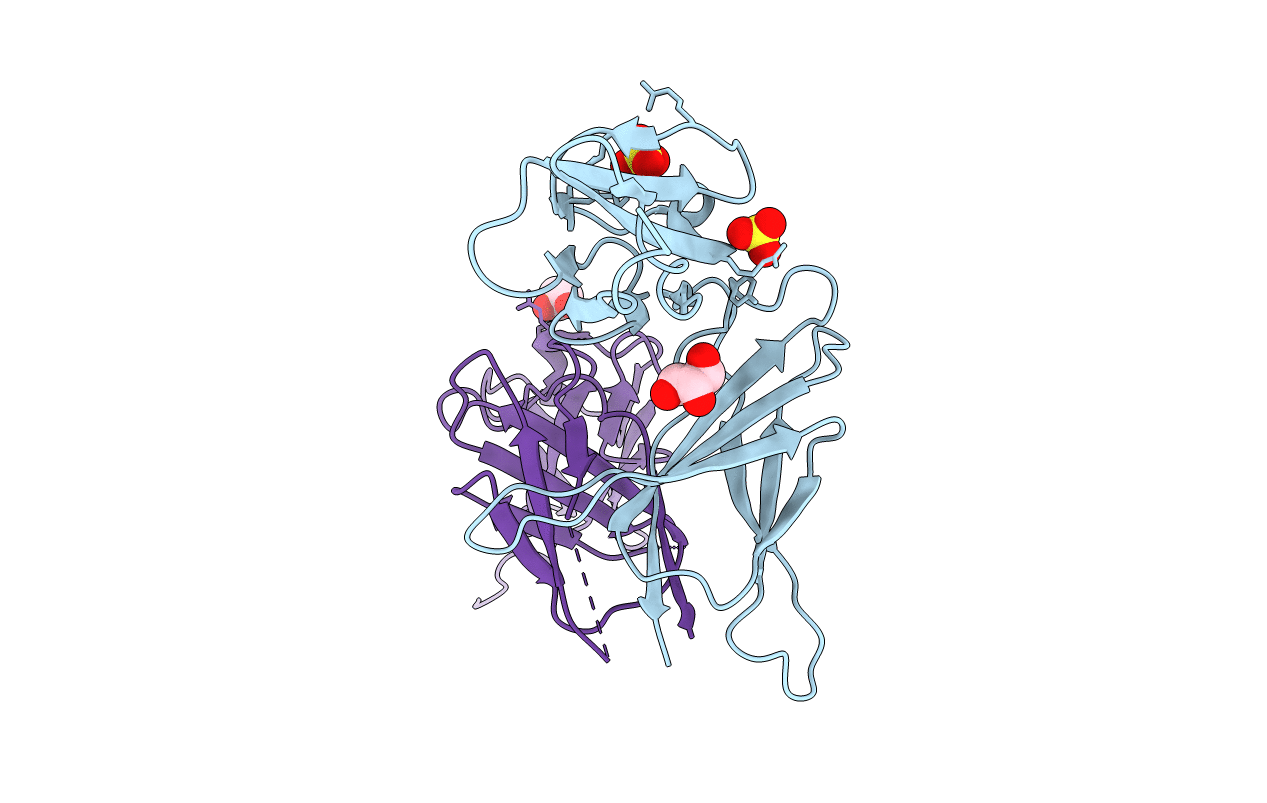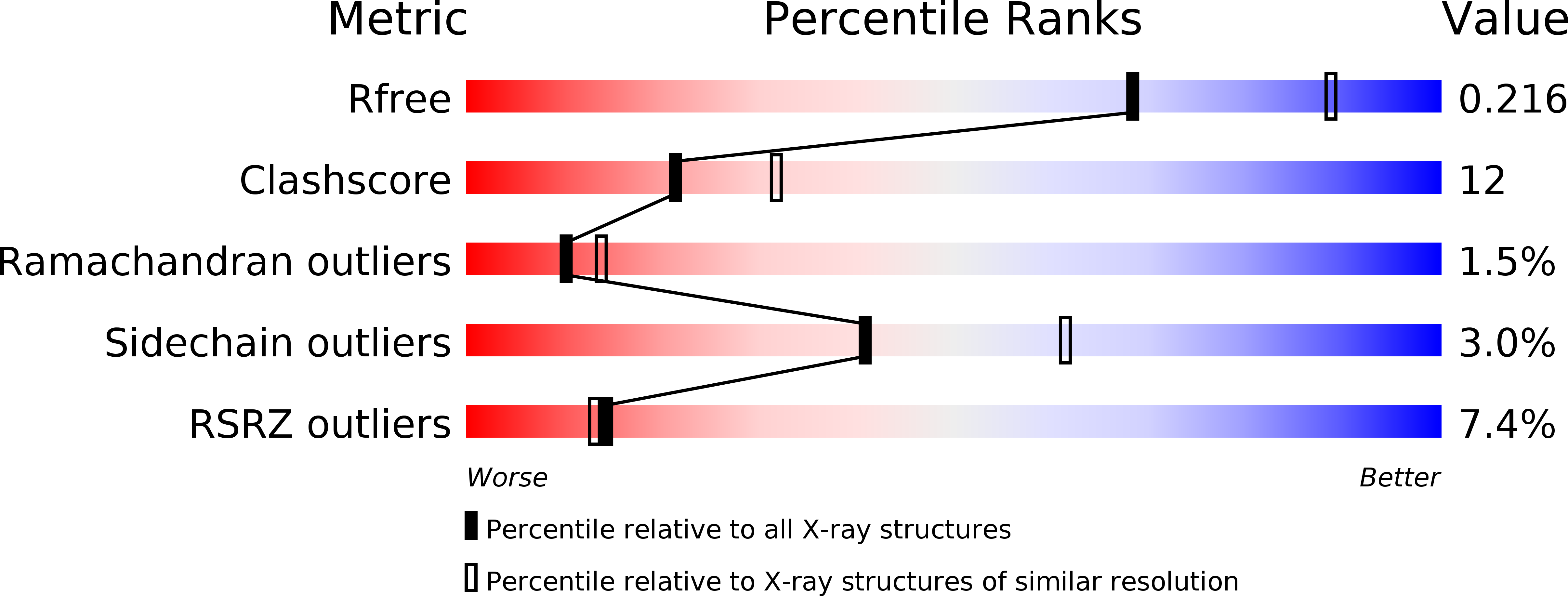
Deposition Date
2006-03-28
Release Date
2007-04-03
Last Version Date
2024-11-06
Entry Detail
PDB ID:
2GI7
Keywords:
Title:
Crystal structure of human platelet Glycoprotein VI (GPVI)
Biological Source:
Source Organism:
Homo sapiens (Taxon ID: 9606)
Host Organism:
Method Details:
Experimental Method:
Resolution:
2.40 Å
R-Value Free:
0.27
R-Value Work:
0.22
R-Value Observed:
0.22
Space Group:
P 21 21 2


